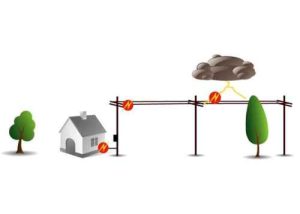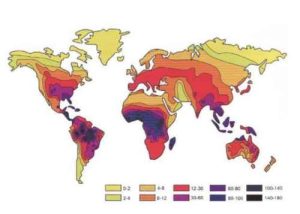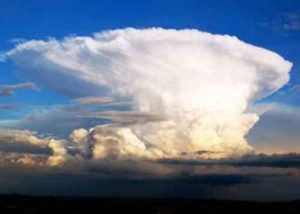
Indirect lightning strike
Indirect lightning is the result of a direct lightning strike whose flow has not been controlled. Any lightning current, the path of which would not be good
In a typical thundercloud, the upper part, made of ice crystals, is generally positively charged, while the lower part, made of water droplets, is negatively charged. By influence, the lower part of the cloud leads to the development of charges of opposite signs (therefore positive on the part of the ground which is nearby).
Electrical exchanges occur inside this cloud, but also between different clouds of the same nature. We then see lightning. However, the cumulonimbus also behaves like a gigantic cloud-to-ground plane capacitor.

Indirect lightning is the result of a direct lightning strike whose flow has not been controlled. Any lightning current, the path of which would not be good

Known since the dawn of time, lightning presents numerous dangers for property and living beings. Direct lightning strikes are the encounter between a descending tracer and an ascending tracer coming from a natural start.

There are up to 100 lightning strikes every second on the Earth's surface. The study of the phenomenon highlights 3 major families of risks originating

Formation of a storm cloud The presence of unstable, humid and warm air masses leads to the formation of storm clouds: cumulonimbus clouds. This type of cloud